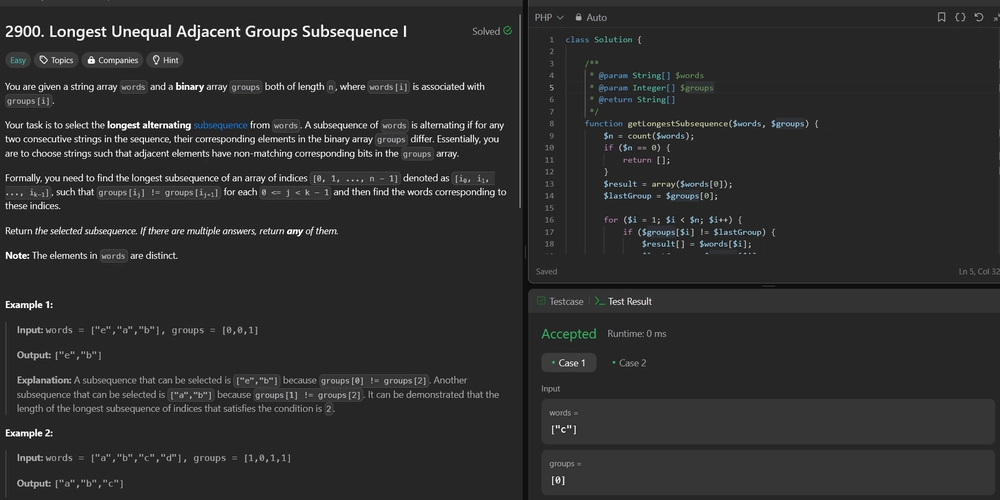Enhancing Risk Assessments Through Analysis of Reactive Workplace Data
Analyzing past incidents and near-misses helps identify hidden risks, improve safety measures, and strengthen workplace safety culture for long-term prevention.

In every workplace, safety isn’t just about reacting to accidents—it’s about preventing them before they happen. That’s where enhancing risk assessments through the analysis of reactive workplace data becomes a game-changer. While many companies rely solely on proactive assessments, there’s a wealth of untapped insight hidden in past incidents, near-misses, and complaints.
By using this data strategically, organizations can uncover hidden hazards, reduce injuries, and build a stronger safety culture. In this article, we’ll break down how analyzing reactive data improves workplace hazard prevention, share real-world examples, and offer a practical step-by-step guide. Whether you're just starting or considering professional training, understanding NEBOSH course fees can also help you plan effectively for investing in safety leadership and compliance.
What is Reactive Workplace Data?
Reactive data refers to information gathered after an event occurs—such as an accident, injury, or safety incident. This includes:
-
Accident and incident reports
-
Near-miss records
-
Workers' compensation claims
-
Safety complaints
-
Equipment failure logs
While this data is typically used to file reports or meet compliance needs, its true power lies in identifying patterns and predicting future hazards.
Why Traditional Risk Assessments Aren’t Enough
Risk assessments often rely on assumptions or general knowledge about tasks. While these are essential, they may miss the real-life conditions workers face daily. For example:
Anecdote: At a textile manufacturing unit in Karachi, management believed their dyeing section was hazard-free. But when they reviewed near-miss data, they found repeated complaints about workers slipping near the rinse station. The issue? A slow leak creating puddles—something no checklist had identified. By analyzing this reactive data, they fixed the leak, improved drainage, and added non-slip mats.
Reactive data, when used well, closes the gap between paperwork and the real world.
Benefits of Analyzing Reactive Data
1. Identifies Hidden Hazards
Often, hazards don’t make it to the risk register until an incident occurs. Reactive data helps highlight:
-
Recurring issues (e.g., repeated slips in one location)
-
Equipment malfunctions that may indicate poor maintenance
-
Unsafe behaviors that training hasn’t addressed
2. Prioritizes Real Risks
You can’t fix everything at once. By analyzing incident trends, companies can focus on high-frequency and high-severity hazards first.
3. Enhances Training Programs
If a specific task or process appears often in injury reports, it signals the need for updated or specialized training, such as manual handling or chemical safety protocols.
4. Supports Regulatory Compliance
Authorities increasingly expect companies to demonstrate a data-driven safety culture. Having solid analysis of incidents and responses can make audits smoother and improve your standing with bodies like HSE or OSHA.
Step-by-Step Guide to Using Reactive Data for Risk Assessment
Step 1: Gather Quality Data
Ensure every incident, near miss, and unsafe observation is logged properly. Include:
-
Date, time, and location
-
Task being performed
-
Equipment in use
-
Environmental conditions
Use digital platforms to make this easy for employees.
Step 2: Categorize Incidents
Group data based on:
-
Type of injury (e.g., cuts, sprains)
-
Source (e.g., machinery, chemical, fall)
-
Department or shift
This helps identify patterns and clusters.
Step 3: Analyze the Patterns
Use graphs, charts, or heat maps to visualize:
-
High-risk areas in the facility
-
Frequent types of incidents
-
Time-based trends (e.g., more injuries during night shifts)
Step 4: Integrate Findings into Risk Assessments
Update your hazard register and risk control measures based on findings. Consider adjusting:
-
PPE requirements
-
Workflow designs
-
Training topics
-
Maintenance schedules
Step 5: Communicate Changes
Make sure workers know what changes are being made and why. When people see action from their reports, they’re more likely to engage in safety reporting.
Real-Life Example: Machinery Malfunction
Anecdote: In a food processing plant in Lahore, a worker suffered a hand injury due to a packaging machine that occasionally jammed. While it was seen as a one-off event, digging through past records revealed five prior near-misses with the same machine. The data showed the issue was recurring after long hours of operation. Maintenance was scheduled earlier in the shift, preventing future injuries.
This is a clear example of how reactive workplace data transformed a reactive fix into a proactive control.
The Role of Safety Training: Why It Matters
Understanding the data is just the first step. Ensuring your staff can respond appropriately is just as crucial. This is where certified safety courses come into play.
Safety Officer Course in Pakistan
Courses like the Safety Officer Course in Pakistan equip professionals with the knowledge to interpret reactive data, update risk assessments, and lead workplace hazard prevention. Participants learn how to manage safety systems, conduct inspections, and implement corrective actions based on real-world evidence.
Whether you’re in manufacturing, construction, or oil and gas, investing in such training enhances both compliance and worker wellbeing.
NEBOSH Course Fees: Worth Every Penny
You may be wondering: is a NEBOSH course really worth the cost? Absolutely. The NEBOSH IGC opens doors to global opportunities and provides unmatched depth in health and safety knowledge.
While NEBOSH course fees can range from PKR 100,000 to PKR 160,000 depending on the institute and location, the return on investment is significant. With fewer accidents, reduced downtime, and improved employee morale, companies quickly recover the cost.
Tip: Some training providers in Pakistan offer discounts or installment plans to make these courses more accessible.
Read More: Find the best options for NEBOSH Fee in Pakistan
Final Thoughts
Reactive workplace data holds a mirror to our blind spots. When we take time to analyze and act on that data, we move beyond guesswork and start building a genuinely safe workplace. Whether it’s through investing in technology, redesigning processes, or upskilling safety officers through courses like NEBOSH, the path to fewer injuries and greater confidence lies in understanding what’s already happened.
Let your past incidents become stepping stones to a safer tomorrow.
How does your company use reactive data to improve safety? Share your thoughts below!














































































